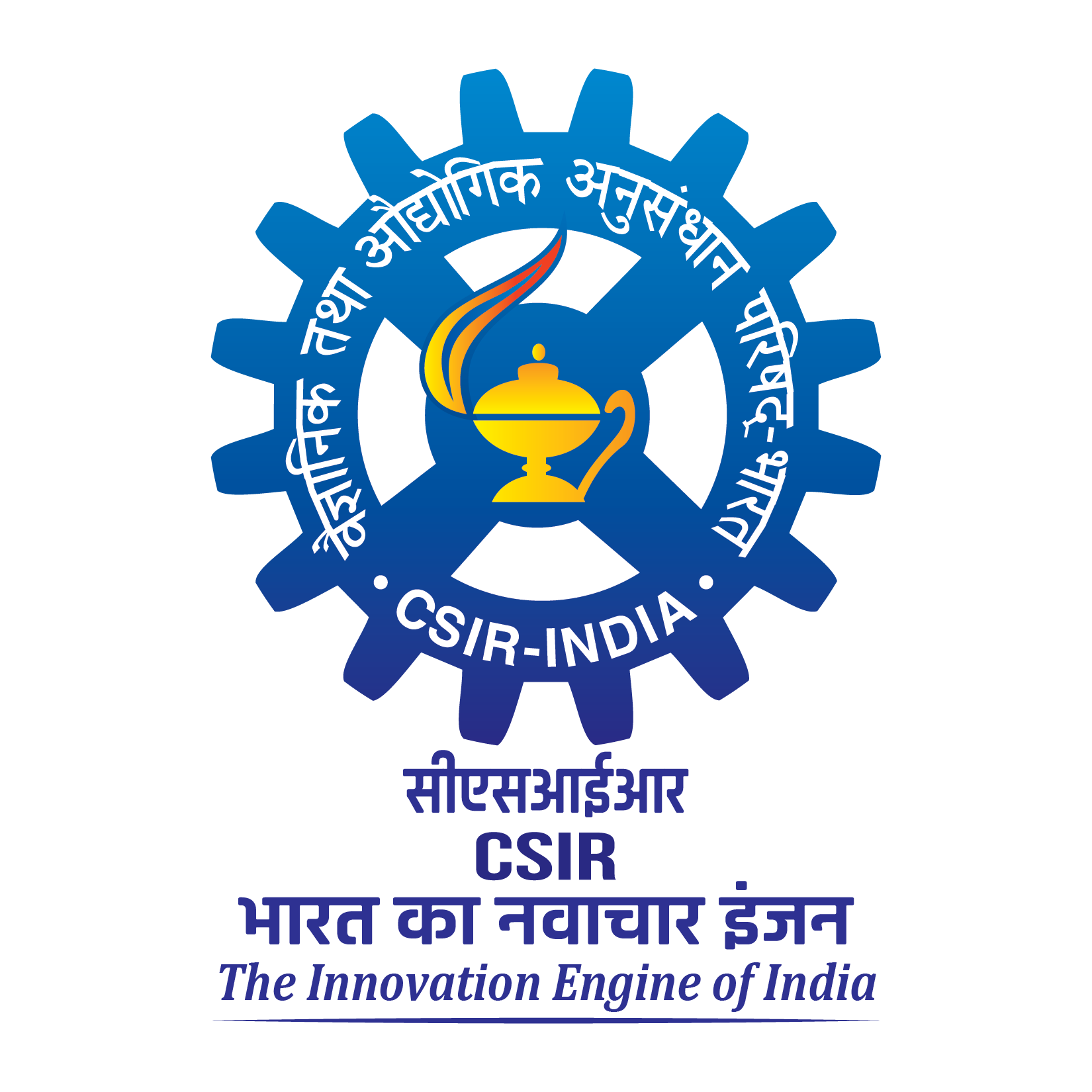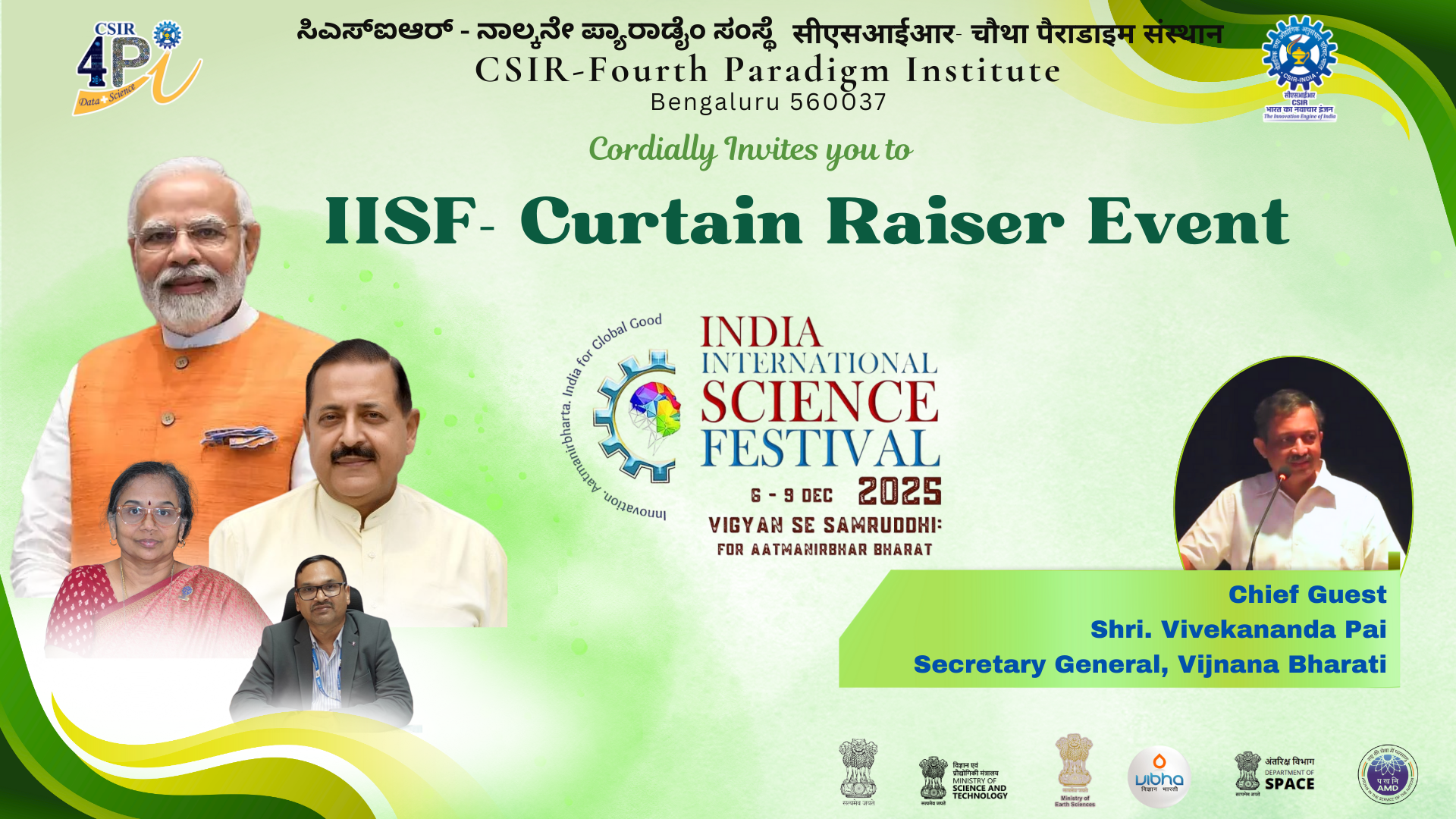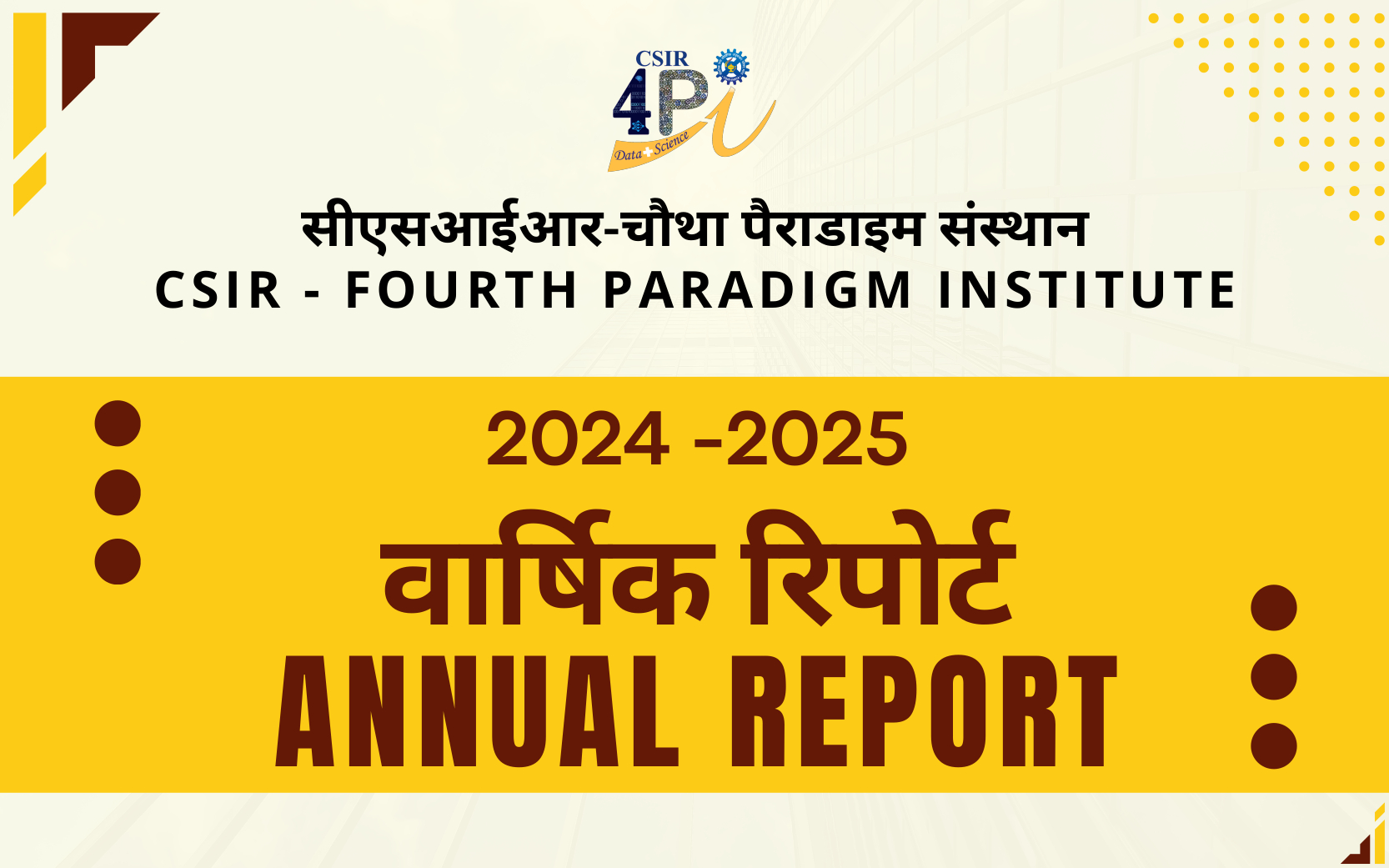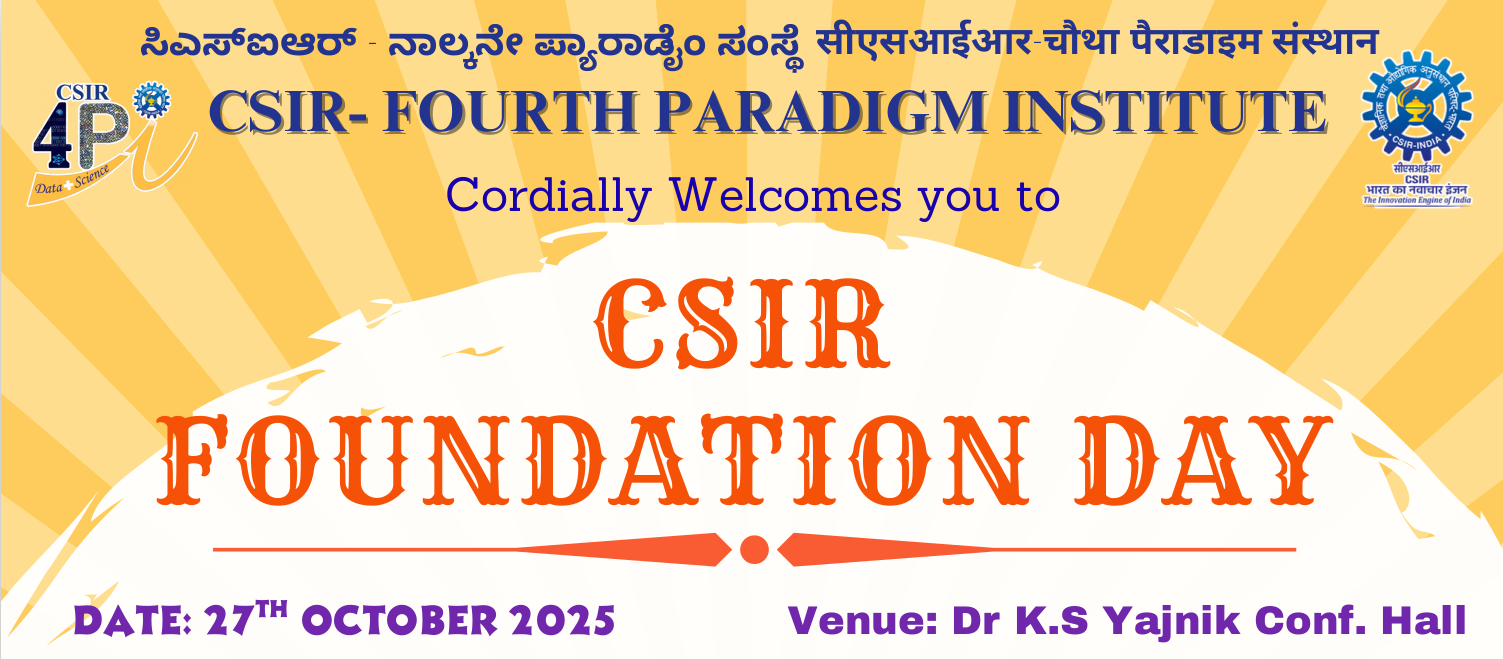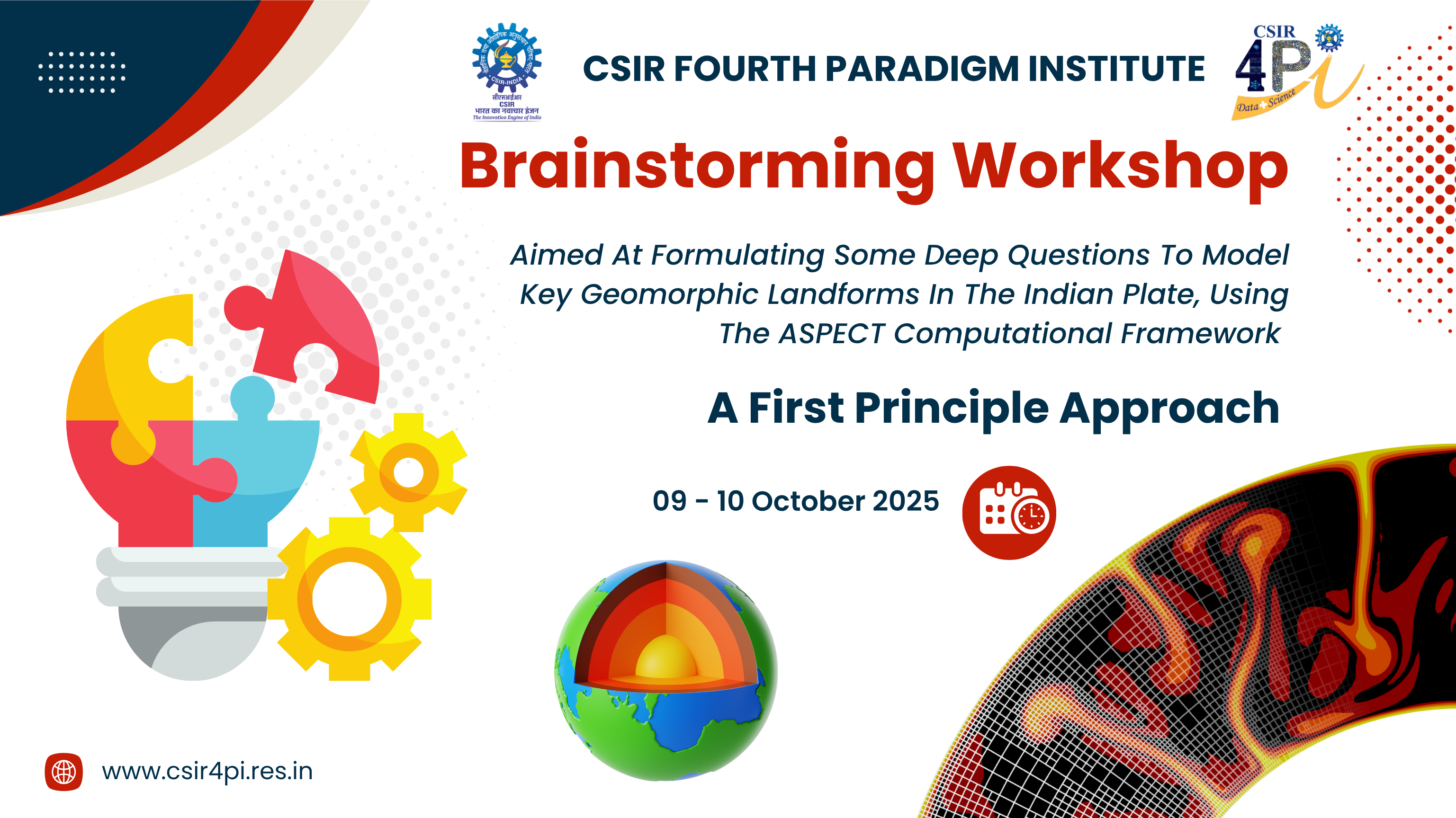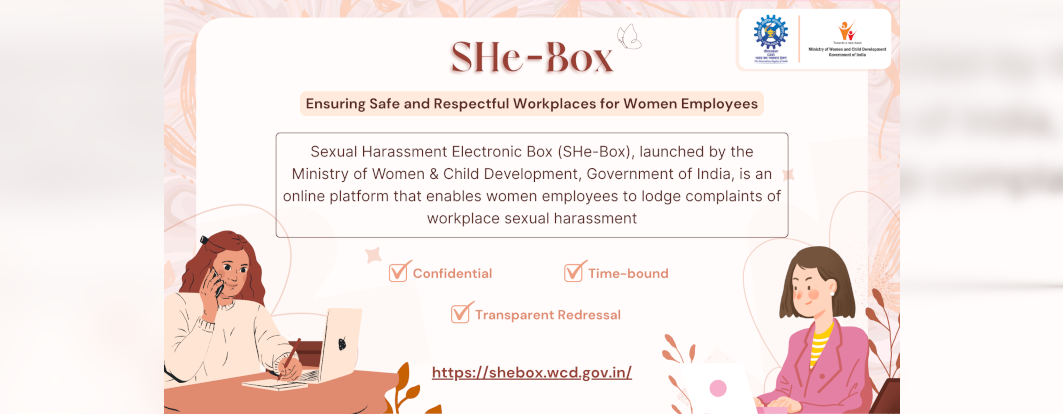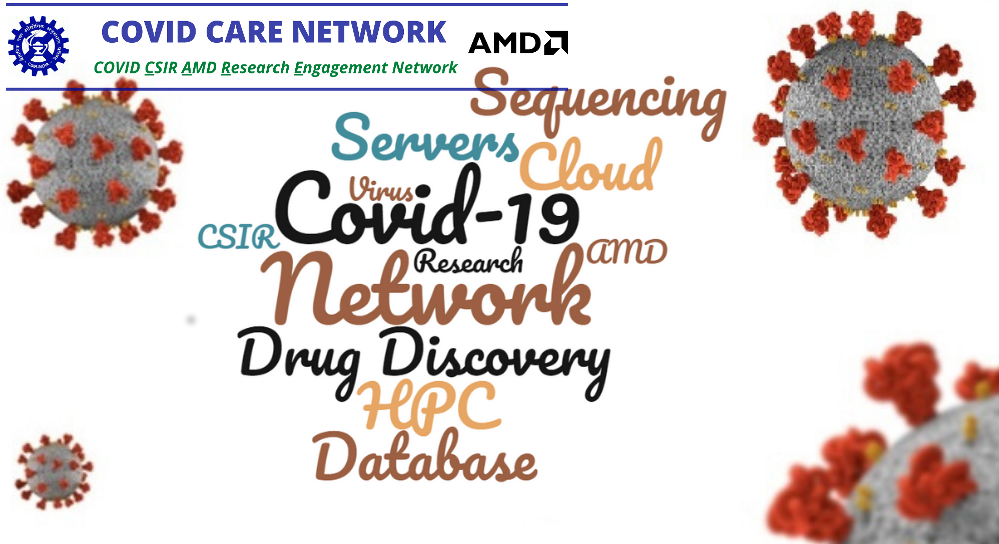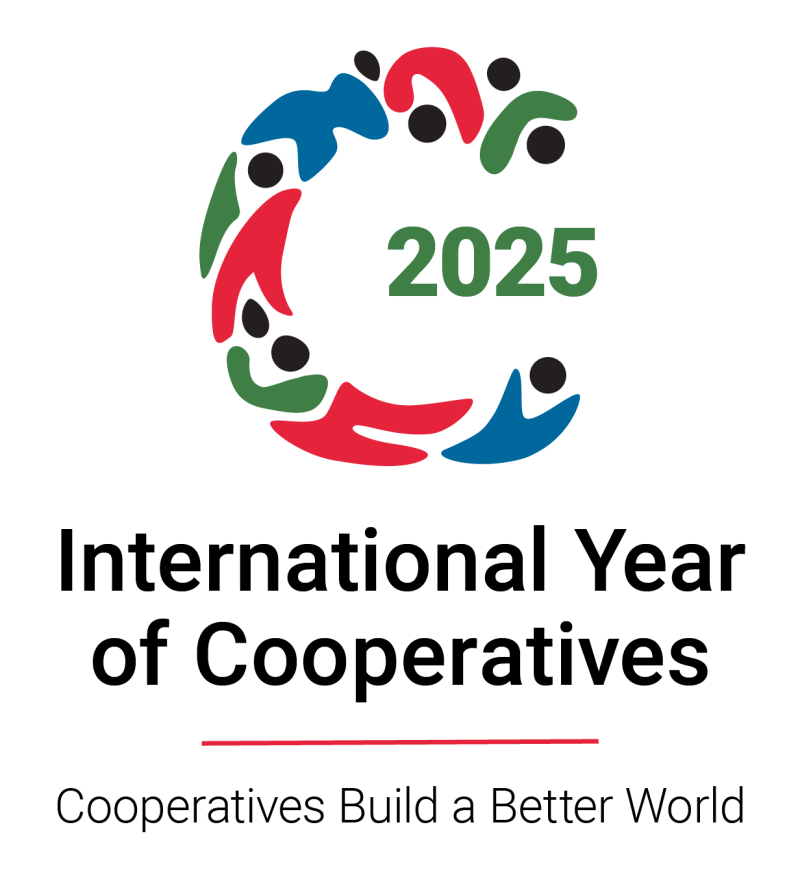The curious case of a strong relationship between ENSO and Indian summer monsoon in CFSv2 model
by Priyanshi Singhai, Arindam Chakraborty, Kaushik Jana, Kavirajan Rajendran, Sajani Surendran and Kathy Pegion
An ensemble of forecasts is necessary to identify the uncertainty in predicting a non-linear system like climate. While ensemble averages are often used to represent the mean state and diagnose physical mechanisms, they can lead to information loss and inaccurate assessment of the model’s characteristics. Here, we highlight an intriguing case in the seasonal hindcasts of the Climate Forecast System version 2 (CFSv2). While all ensemble members often agree on the sign of predicted El Niño Southern Oscillation (ENSO) for a particular season, non-ENSO climate forcings, although present in some of the individual members, are disparate. As a result, an ensemble mean retains ENSO anomalies while diminishing non-ENSO signals. This difference between ENSO and non-ENSO signals significantly influences moisture convergence and Indian summer monsoon rainfall (ISMR). This stronger influence of ENSO on seasonal predictions increases ENSO–ISMR correlation in ensemble mean seasonal hindcasts. Thus, this discrepancy in the ENSO–ISMR relationship is not present in the individual ensemble members, considered individually or together (without averaging) as independent realizations. Therefore, adequate care should be taken while evaluating physical mechanisms of teleconnection in ensemble mean predictions that can often be skewed due to constructive or destructive superposition of different impacts.
